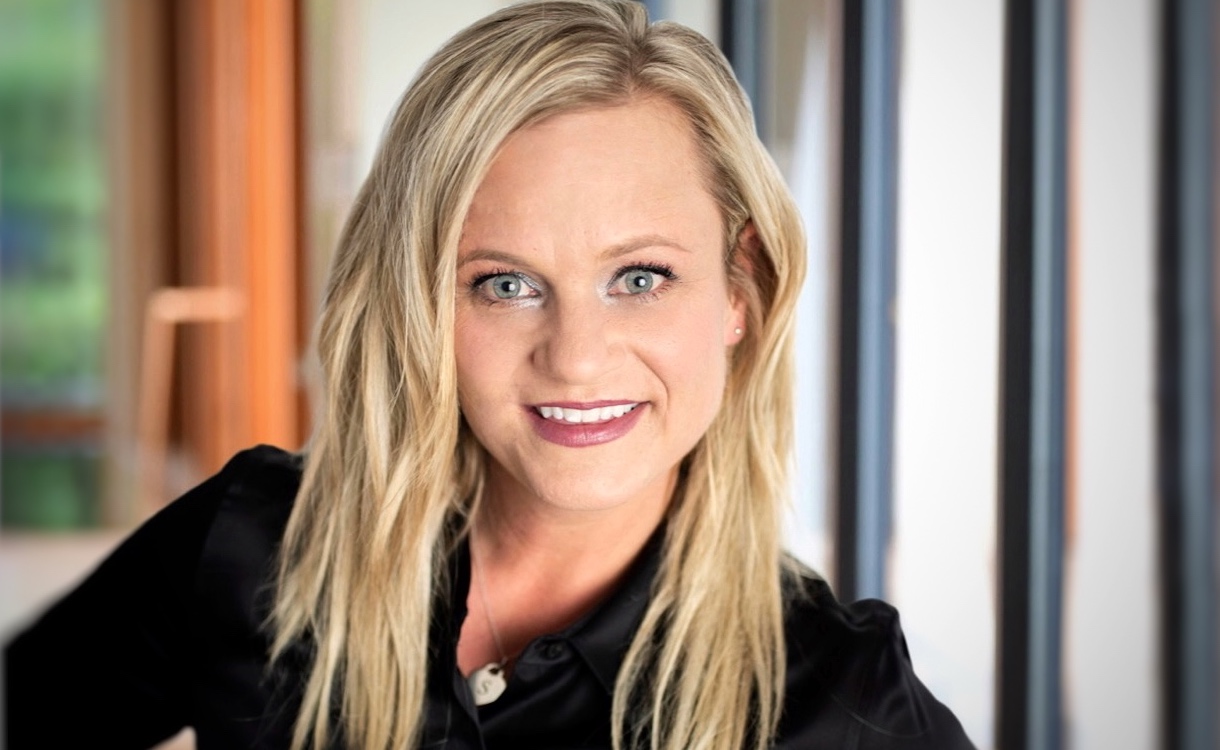
QAnon made it clear how easily conspiracy theories can spread across social media and into the consciousness of disgruntled citizens. Flipboard, and several other platforms, work to prevent the spread of unvetted and sometimes dangerous mis- and disinformation. However there are still many ways people can encounter it. For instance, Twitter under new ownership has abandoned safeguards against misinformation and TikTok has been called a “misinformation minefield”
So the need for news literacy is vital: How do we help all citizens, young and old, discern what’s factual in our fast-evolving media environment?
For National News Literacy Week, we spoke with Shaelynn Farnsworth, senior director of education partnership strategy at the News Literacy Project, a nonpartisan nonprofit group in Washington, D.C.
Q: Tell us about National News Literacy Week.
A: This is our fourth annual event and we partner with E.W. Scripps Co. The goal is to elevate the role of news literacy and a free press in our democracy by empowering everyone with the skills they need to access accurate information.
This year’s theme is trust, exploring why trust in news media is declining among some Americans and what can be done to restore it. We have events for educators and the general public throughout the week.
Q: In the last few years, we’ve heard a lot about “misinformation,” “fake news,” “deep fakes” and so forth. When did the term “news literacy” come into vogue?
A: We think the term was first used around 2008 but we saw a big increase in usage in 2016 after reporting revealed Russian attempts to interfere in the U.S. election.
Today, I believe that a lot of people understand the need for these skills even if they don’t specifically know the term “news literacy.” They definitely understand the need to be skeptical in the current landscape of information. The public has gotten smarter about trusted sources after living through all the misinformation around the pandemic, vaccines and politics.
Q: A lot of your work is focused on the next generation so you’re providing many tools to educators.
A: Yes, our resources are used in all 50 states. We’re seeing bills and mandates for news literacy being passed in places like Illinois, Texas and Delaware. New Jersey was the most recent to pass an information literacy law, just a few weeks ago, that requires instruction [in] [Kindergarten] through [grade] 12. Some states are adding graduation requirements for students to have these critical thinking skills.
Q: You mentioned both red and blue states. Is there bipartisan support for news literacy?
A: We are seeing a lot of bipartisanship in these bills though they take different forms in different states. But the essence of all of them is teaching students how to discern the reliability and accuracy of information.
Q: Where do you think most kids are today with news literacy?
A: As a former classroom teacher and a mother, I see that all of these skills are very necessary in today’s media environment. We want students to develop a healthy skepticism and not just cynicism. The good news is that a lot of kids do understand algorithms and how content is manipulated. They approach everything with a critical eye and don’t believe everything they read. So we’re trying to show them that journalists have standards that they follow that are far different from what you might get from an influencer on TikTok or user-generated content on YouTube. It’s about helping students find authoritative, fact-based journalism.
Q: Some adults only turn to media sources that are conservative or liberal. America’s growing partisan divide must be a challenge.
A: Confirmation bias is a big challenge. Many consumers seek information that reinforces their personal bias — that gives them information that validates their existing beliefs, whether it’s been verified or not. It really diminishes the ability to think for ourselves when we live in filter bubbles.
It’s human nature to seek information that reflects and confirms our own views. But when we do so, we may not realize we’re participating in confirmation bias. So this is part of news literacy: searching multiple sources. And before you share something on social media, there are things you should do. We have a responsibility as citizens to share vetted information.
Q: This can’t be easy. Many people don’t want to hear from the “other side.”
A: We can speak up without having a showdown and we offer tips for that. Be civil. Use an empathetic voice. Take your time; don’t indulge in that knee-jerk response. Find common ground. Decide before you start: Do you want this conversation to be public or private? Sometimes a private conversation can be more productive.
National News Literacy Week runs through Jan. 27 with a variety of live and online events for educators and the general public. There’s a dedicated Flipboard Magazine for the week. And the organization offers a variety of tools including fact-checking site RumorGuard and Checkology, a free online course on news literacy.
— Carl Sullivan, North America managing editor, curates the Fact Check Magazine on Flipboard’s Politics Desk.

